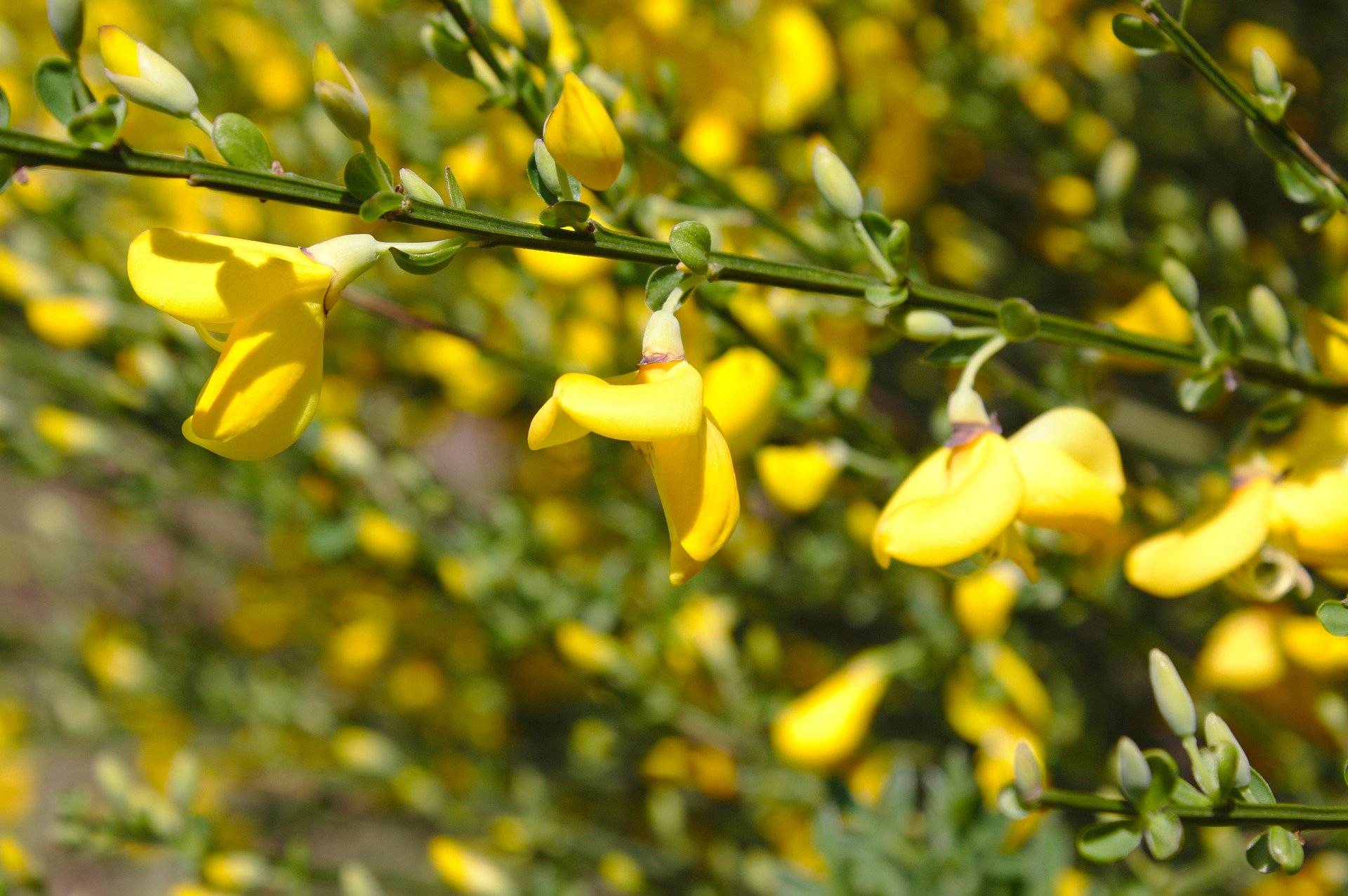The Washington Invasive Species Council, state agencies and researchers are calling for a census in May to help determine the location of Scotch broom throughout the state.
“We need everyone’s help to size up the problem,” said Justin Bush, executive coordinator of the Washington Invasive Species Council. “Without baseline information about the location and population size, we don’t have enough details to determine solutions. The information from the census will help us set short- and long-term action plans.
Yellow flowered, Scotch broom is hard to miss when blooming. It can be found in 30 of Washington’s 39 counties. While known to be spread across the state, specific locations and patch sizes are not well documented, leading to the council’s call for a month-long census.
“We’re asking people to send us information from their neighborhoods,” Bush said. “The information can be transmitted easily to the council by using the Washington Invasives mobile app or by visiting https://invasivespecies.wa.gov/report-a-sighting/. Sightings should include a photograph of the plant that shows enough detail that the plant can be verified by an expert. A description of the size of the patch is also helpful, such as whether the patch is the size of a motorcycle, a car, a school bus or multiple school buses. Photographs also can be shared with the council on Facebook, Instagram and Twitter by using the hashtags #TheGreatScotchBroomCensus and #ScotchBroom2020Census.”
Scotch broom is a problem because it crowds out beneficial native species and clogs healthy habitats. It can form dense, impenetrable stands that are a problem for grazing, farming and recreating and it creates fire hazards. Dense stands may prevent or slow forest regeneration and harm sensitive areas near streams and wetlands. Scotch broom also produces toxic compounds, which in large amounts may poison grazing animals.
While widespread and not likely to be fully eliminated from the entire state, action is being taken to remove Scotch broom from parks, roadsides, forests, riverbanks and other at-risk landscapes. The information from the Scotch broom census will help invasive species managers better understand the needs of landowners and managers.
“We don’t have the resources at a state or local level to remove every Scotch broom,” said Greg Haubrich, pest program manager with the Washington State Department of Agriculture. “But organizations like your local noxious weed control board can provide education and technical assistance so that you can efficiently and effectively manage Scotch broom on your property. In some instances, there also could be cost-share funding available from your local conservation district to remove your Scotch broom.”
When around Scotch broom and any other invasive species, care should be taken not to inadvertently spread it to new locations. Each mature plant can produce thousands of seeds, which are viable for up to 80 years. Taking precautions not to move seeds on boots, tires, pets or vehicles is very important.
“Scotch broom is widespread, but it is not everywhere,” Bush said. “By taking simple precautions, you can prevent the spread of this invasive species. Clean your boots, bikes, pets, vehicles, and other gear before you venture outdoors to stop invasive species from hitching a ride to a new location. Conversely, follow the same practices before you head home to protect your own property.”
Find additional help with an online seminar series June 2-4: https://invasivespecies.wa.gov/event/scotch-broom-2020/.




